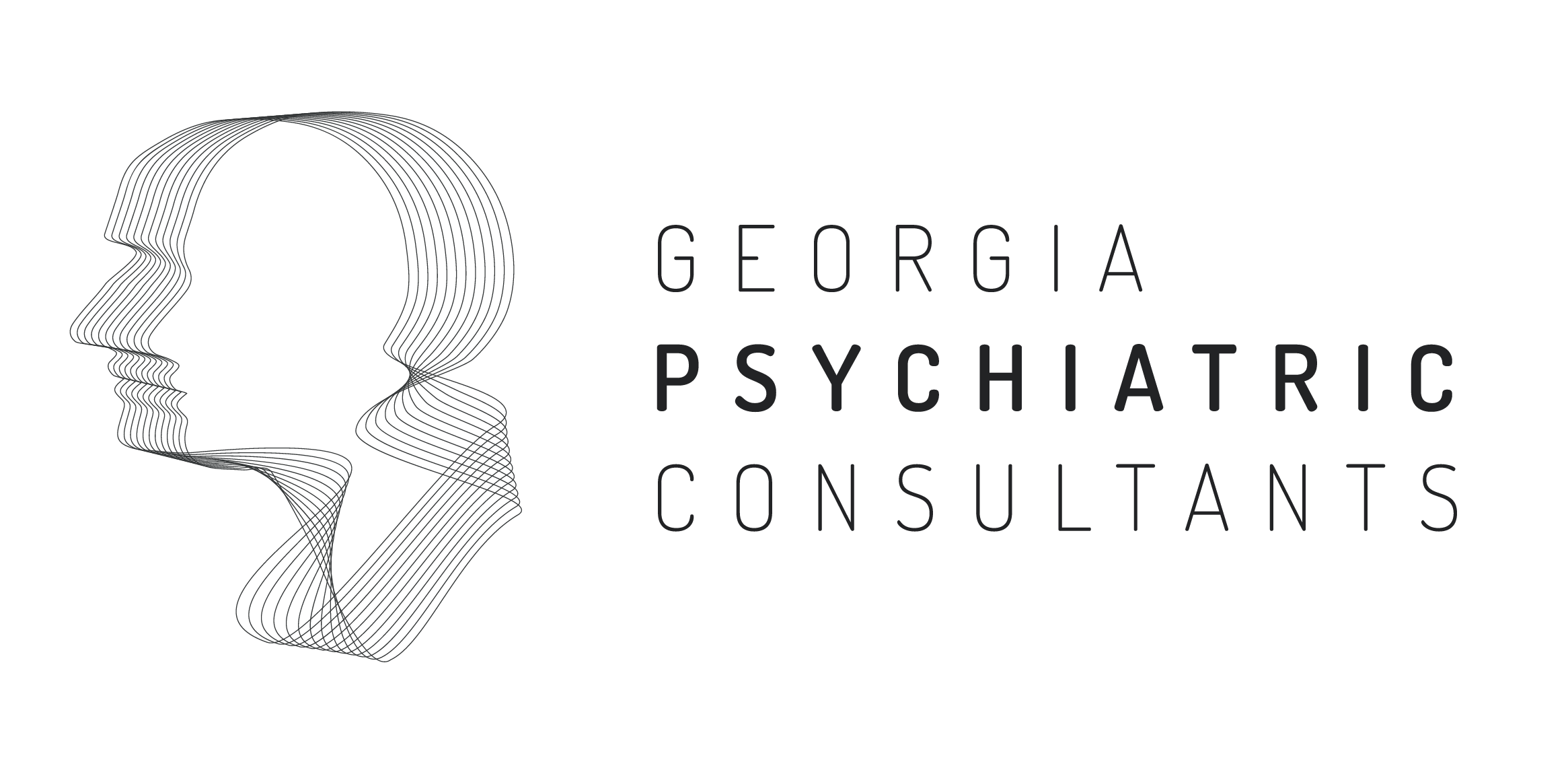
Exercise may do more than keep people physically fit; it may serve as an adjunct treatment to medication for relieving symptoms associated with certain mental illnesses, and researchers from the University of Texas Southwestern are making mental health professionals aware of the benefits of prescribing exercise for patients with major depressive disorder (MDD).
“Exercise is really important in treating depression,” Chad Rethorst, Ph.D., an associate professor of psychiatry, said at the APA annual meeting session titled “Exercise Prescription for Major Depressive Disorder” in New York in May. In a follow-up interview with Psychiatric News, Rethorst stated that given the challenges in treating depression, it is important to have as many treatment options as possible, alongside antidepressants, that can aid in reducing symptoms associated with MDD.
According to Rethorst, the use of exercise as an adjunct treatment for MDD has gained support, as suggested by the inclusion of exercise as an intervention option in APA’s “Practice Guideline for the Treatment of Patients With Major Depressive Disorder” that was published in 2010, but many physicians are still unfamiliar with the “prescription” of exercise.
The goal of the annual meeting session was to provide an overview of the literature supporting exercise as a treatment adjunct for MDD and practical advice on the prescription of exercise to patients. Rethorst co-chaired the workshop with Madhukar Trivedi, M.D., the Betty Jo Hay Distinguished Chair in Mental Health at UT Southwestern.
Research highlighted during the workshop included results from the Treatment with Exercise Augmentation for Depression (TREAD) study, which was at conducted at UT Southwestern.
“We recruited [122] patients who had a partial response to a selective serotonin reuptake inhibitor . . . and randomized them to two exercise groups,” Rethorst explained. The groups included a “low-dose” group, in which participants engaged in 40 to 60 minutes of aerobic exercise a week, and a “high-dose” group, in which participants engaged in approximately 150 minutes of aerobic exercise a week.
The analysis showed that patients who burned at least 16 kilocalories per kilogram of body weight each week (the high-dose group) were more likely to have fewer and less-severe symptoms associated with MDD, have higher recovery rates, and maintain longer remission than those who burned 4 kilocalories per kilogram of body weight per week (the low-dose group). In addition, the researchers observed that aerobic exercise, regardless of dose, was associated with reducing blood levels of pro-inflammatory cytokines such as interleukin-1β (IL-1β) and tumor necrosis factor-α (TNF-α), which have been shown to elevated in some patients with MDD.
“According to this study, energy expenditure seems to be the answer,” Rethorst stated.
Some psychiatrists and mental health professionals, including those in the audience, questioned whether patients with MDD will be willing to participate in an exercise program. Both Rethorst and Trivedi emphasized that multiple studies, other than their own, have shown dropout rates of 15 percent—on par with rates in studies assessing the efficacy of medications and psychotherapies, so exercise regimens are possible with a substantial percentage of patients with the disorder.
“Time is the number-one barrier that keeps people from exercising—whether a person has a diagnosis for mental illness or not,” said Rethorst. “Having the conversation of ‘time’ with the patient and helping patients realize that there is some window of time throughout their schedule to fit in exercise is really important.”
Rethorst also emphasized the importance of using electronic and mechanical devices such as pedometers, Fitbit, and cellular phone apps that can aid in increasing patients’ adherence to physical activity regimens.
Rethorst and Trivedi concluded the workshop with a presentation of a modified version of their “5 A’s plus 2” counseling program, which recommends the following:
-
ASSESS the patient’s overall health and ability to participate in regular exercise.
-
ADVISE patients on the benefits of exercise as it relates to remedying depression.
-
AGREE with the patient on exercises that best suits them in regard to achieving their personal goals.
-
ASSIST patients to overcome personal barriers by providing strategies, problem-solving techniques, and creating an atmosphere of support.
-
ARRANGE follow-ups through office visits, phone calls, or electronic messages such as text and emails.
-
ASSESS again.
-
ASK patients about their adherence and then ask again.
The TREAD study was funded by the National Institute of Mental Health. ■




